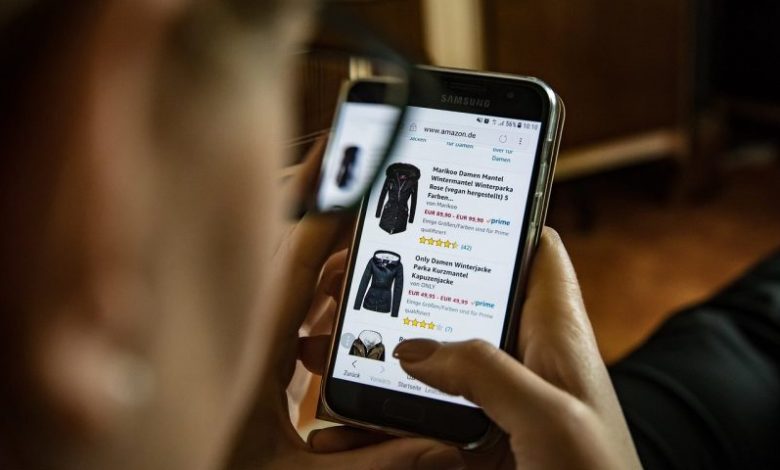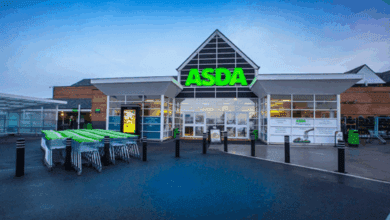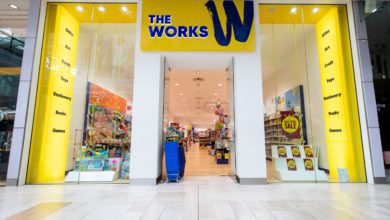Online to make up more than 50% of retail sales in 10 years

Register to get 1 free article
Reveal the article below by registering for our email newsletter.
Want unlimited access? View Plans
Already have an account? Sign in
Online shopping will account for more than 50% of retail sales (up from 19% currently) in the next 10 years according to a new report, The Digital Tipping Point, out today (Tuesday 9 July).
Commissioned by law firm Womble Bond Dickinson (WBD) which advises a wide range of retailers, the report reveals that this growth will be powered by three primary factors: the changing demographic of the UK adult population, the development of faster, cheaper, in-home deliveries and fewer physical stores.
However the law firm warned there are also potential risks ahead for retailers that don’t prioritise data security when embracing the new technologies needed to thrive in a digital future.
In 10 years, Gen Z and Millennials will make up half of adult consumers with the shopping habits of younger consumers becoming more dominant. The research conducted by Retail Economics showed that 62% of 16-24 year olds (Gen Z) shop online at least every fortnight (compared with just 29% aged over 65 years), averaging around three online purchases per month.
Millennials also spend the highest proportion online currently (22.1%), averaging £42.32 per online transaction and spending £110.45 online each month.
Some 53% of Gen Z consumers said smartphones influenced them most in terms of ‘awareness’ of new retailers/brands compared with just 3% of those aged over 65 indicating how much more online marketing impacts younger adults. However almost a quarter of Gen Zs also said they are more likely to do shopping in high streets and shopping centres.
The top three factors that would accelerate online shopping for consumers are cheaper (47%) and faster (26%) delivery and easier returns (26%) all of which are key areas of investment for retailers looking to own more of the digital market.
Easier returns are more important for Gen Z (28%) and Millennials (30%) than any other age group. In addition to this there is a rising trend of in-home deliveries (deliveries while homeowners are out).
Also driving the acceleration of online shopping are emerging business models such as subscriptions and auto-replenishment which further increase in online penetration rates for repeat purchases.
Amid the recent collapses of physical retail, 10% of consumers said they will shop less in physical stores in the next 12 months outweighing those who suggested they will shop more frequently in-store. With more consumers turning to online, demand for retail property is at its lowest since 2007.
Richard Lim, Retail Economics, said: “It’s no exaggeration to say that the retail industry is undergoing a period of unprecedented change. Despite concurrent waves of political and economic upheaval in our midst, our work with retailers suggest this is a mere distraction from the seismic structural shifts reshaping the retail landscape.
“Successful retailers have always had to reinvent themselves to stay relevant. However, the pace of change will inevitably prove too fast for many – as shown by the number of CVAs hitting the headlines. While the impact of future technologies and consumer acceptance is highly uncertain, it definitely feels like the digital retail-revolution is only just getting started.”
Whilst consumers demand better technology from retailers for a seamless shopping experience they are also aware of the need to protect their personal data. Over a quarter of respondents have taken some action to limit the amount of data shared with companies, reaching almost a third for 16-24 year olds.
Consumers’ attitudes towards sharing data showed they believed businesses benefited more than consumers. Two thirds thought companies benefited more from the sharing of data compared to just 8% of who thought consumers did. Some 26% said there was an equal exchange of value. Financial rewards, free and discounted products rank most highly for consumers in terms of benefits they would still be willing to exchange their data for.
Gavin Matthews, head of retail at Womble Bond Dickinson, added: “Online retail is being driven on apace due to a combination of factors and early adopters in the retail market who can flex and adapt their business models quickly will rise to the top. However, as retailers leverage new technologies to support this growth, new risks also emerge.
“Consumers are increasingly conscious of the need to protect personal data and their privacy in order to reduce the risk of fraud, identity theft and misuse of their data. Real damage can be done to a retailer’s brand and reputation with any data breach and loss of trust can have far reaching consequences for any business and its bottom line.”







